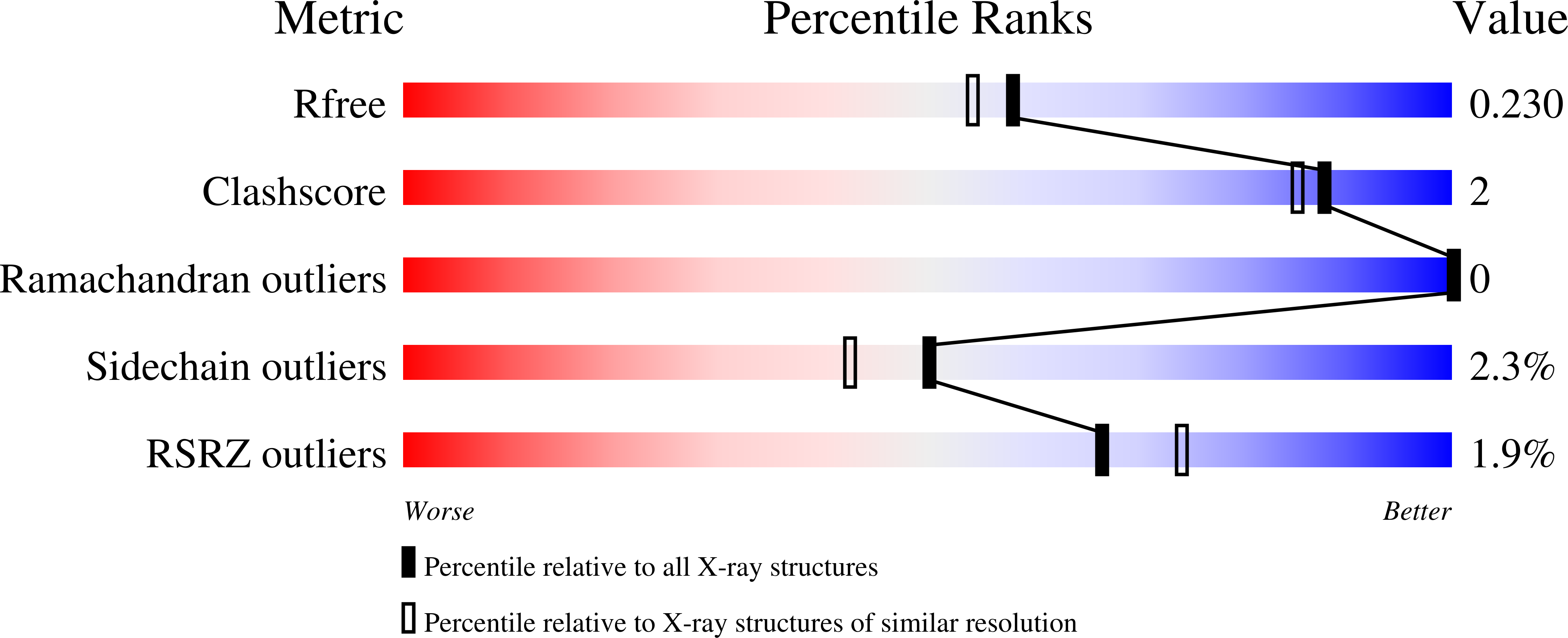Architecture of Eph receptor clusters.
Himanen, J.P., Yermekbayeva, L., Janes, P.W., Walker, J.R., Xu, K., Atapattu, L., Rajashankar, K.R., Mensinga, A., Lackmann, M., Nikolov, D.B., Dhe-Paganon, S.(2010) Proc Natl Acad Sci U S A 107: 10860-10865
- PubMed: 20505120
- DOI: https://doi.org/10.1073/pnas.1004148107
- Primary Citation of Related Structures:
3C8X, 3CZU, 3FL7, 3MBW, 3MX0 - PubMed Abstract:
Eph receptor tyrosine kinases and their ephrin ligands regulate cell navigation during normal and oncogenic development. Signaling of Ephs is initiated in a multistep process leading to the assembly of higher-order signaling clusters that set off bidirectional signaling in interacting cells. However, the structural and mechanistic details of this assembly remained undefined. Here we present high-resolution structures of the complete EphA2 ectodomain and complexes with ephrin-A1 and A5 as the base unit of an Eph cluster. The structures reveal an elongated architecture with novel Eph/Eph interactions, both within and outside of the Eph ligand-binding domain, that suggest the molecular mechanism underlying Eph/ephrin clustering. Structure-function analysis, by using site-directed mutagenesis and cell-based signaling assays, confirms the importance of the identified oligomerization interfaces for Eph clustering.
Organizational Affiliation:
Structural Biology Program, Memorial Sloan-Kettering Cancer Center, 1275 York Avenue, New York, NY 10065, USA.














